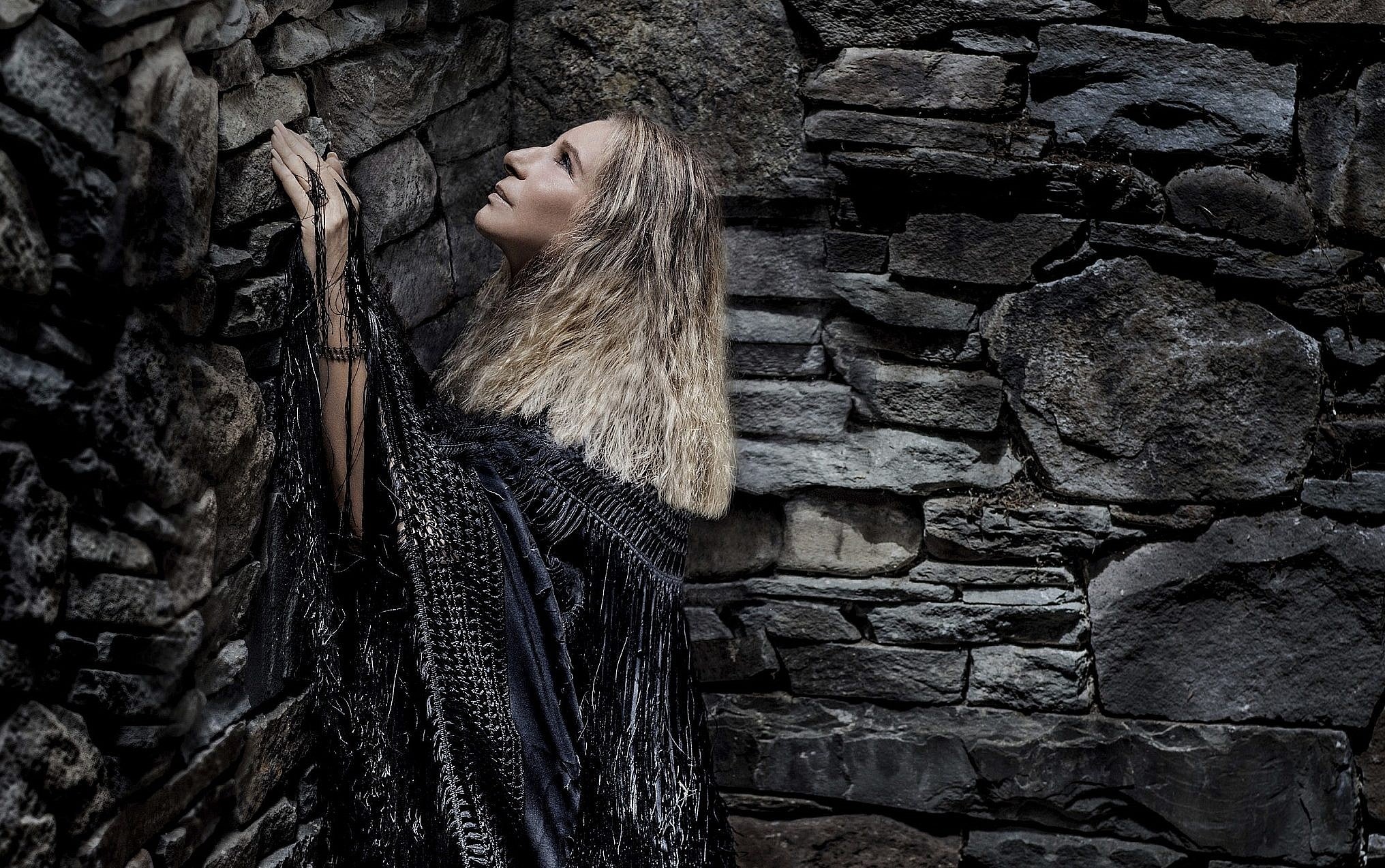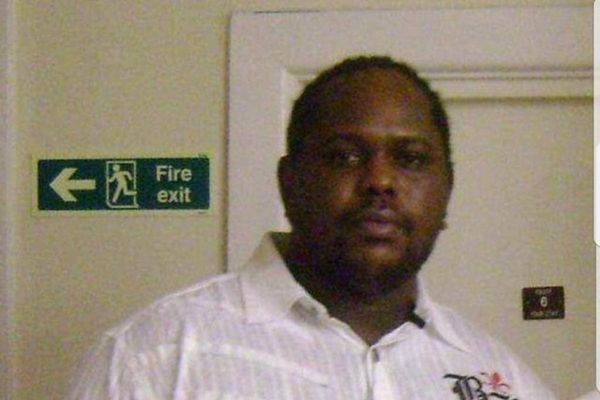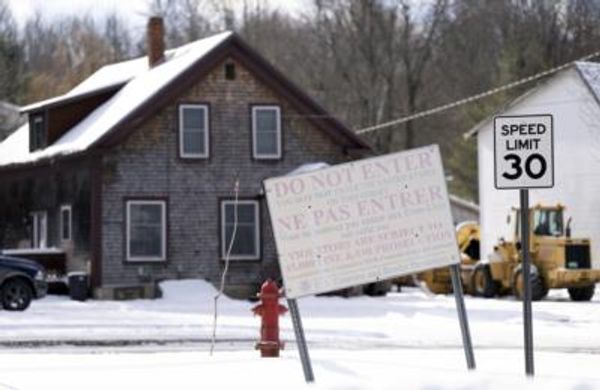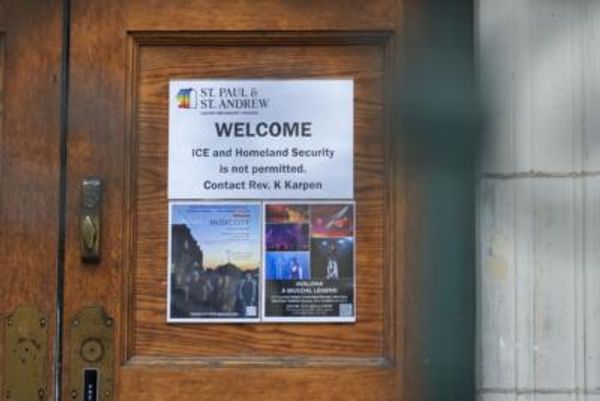
I have measured out my life in Barbra Streisand albums. Millions of us have. Given her achievement of selling 150 million of those albums worldwide, it would be hard to dispute her right to be ranked among the all-time-great female recording artists. I would put her at number one.
But it’s only relatively young fans (or the more forgetful older ones) who could claim to have measured out their life in Streisand concerts. When the 77-year-old diva lifts that incomparable voice in song in Hyde Park on Sunday 7 July, the tally of her performances as a concert headliner will – if only just – stretch over the hundred mark. Which is scarcely numerous when you consider that it’s now more than half a century since the brash kook from Brooklyn, who resolutely refused to have a “schnoz bob”, started to electrify audiences in Greenwich village nightclubs. Her voice’s goosebump-inducing speed of vibrato and the delectably drilling narrowness of timbre (possibly the result of a deviated septum) create a sound that is, to this day, unmistakably hers – even when you hear it at a distance in a noisy department store.
Streisand forgot the words to some of her songs while performing for the 150,000 people who piled into her free Happening in Central Park concert in 1967. This forgivable lapse became magnified in her soul into a traumatic experience. Between that date and her astronomically lucrative “return” in Las Vegas at New Year 1993-94, she did not sing before a paying public, restricting her live performances to shows for charity or in support of office-seeking Democrat politicians. So, for more reasons than one, Sunday’s Happening in Hyde Park – where special guest will include Bryan Ferry, Kris Kristofferson (her co-star in A Star Is Born) and Ramin Karimloo – constitutes an event you will want to tell the grandchildren about.
Seventeen year ago, The Independent published a collection of my thoughts on Streisand on the eve of her 60th birthday. I can make the small boast that, in the interval between then and now, words written by the present writer are to be found quoted in Streisand’s Wikipedia entry. In my Independent review of her last live concert in Britain (at the O2 in 2013), I made a link between invincible vocal technique and moral character. I conceded that her sound, at that time, was a little “scratchy and frayed, though the stout resolve and superb technique with which Streisand manages to hoist it over these difficulties has come to seem morally as well as aesthetically impressive”. I stand by this as a general statement of principle, but I’m delighted to report that, since then, the voice has regenerated itself to a quite remarkable degree, delightfully reminding you why it has been justly likened to “liquid diamonds”.
Looking at “What Barbra Did Next”, from age 60 onwards, it’s heartening to note how – in terms of championing the Democrat cause and women’s rights in particular – she has resisted the mellowing process. True, she has not entirely dispensed with the diva’s handbook. For example: she notoriously cloned Sammy, her beloved Coton de Tulear dog, and took the furry issue, Miss Fanny and Miss Scarlett, to visit their clone mom’s last resting place. Gloria Swanson, in Sunset Boulevard, would lift a glass to that.
But at the respectable end of scientific endeavour, Streisand spent a fortune striking a blow for female equality by founding the Barbra Streisand Women’s Heart Centre at Cedars-Sinai Hospital in LA. This groundbreaking venture addresses a life-or-death imbalance. More women die of heart disease than men because experiments are routinely performed on male animals whose physiology crucially differs from that of female counterparts. The centre pries open this vicious circle. And while it is no secret that Hollywood like to dump on Trump, few artists have gone for him with the verve of Streisand. At a Wall Street fundraiser for Hillary Clinton before the 2016 election, she sang Stephen Sondeim’s pointedly debunking rewrite of one of his own hits, “Send in the Clown” (sic); she has become a late-flowering anti-Trump columnist for the Huffington Post and she released Walls, a whole album inspired by her contempt for the 45th president (spin-off single “Don’t Lie to Me”).

Trying to describe to a friend the impact of meeting Streisand, Jamie Foxx – with whom she memorably duets on the 2018 album Encore: Movie Partners Sing Broadway – resorted to an admiring quip: “Barbra? She gangsta.” The gangsta goddess? If anyone can be said to deserve such a disjunctive description, it’s Streisand. In the souls and bodies of great artists, there is, almost invariably, a creative contention. Think of the bisexual tussle between yin and yang in the persons and personas of, say, Laurence Olivier and Marlon Brando. Streisand’s greatest achievement (to date) is the movie Yentl, in which the eponymous heroine from the early years of the 20th century disguises herself as a young man in order to enter the male world of study. “Not since As You Like It,” I opined, in 2002, “has there been such a searching, delicate, funny-sad examination of what we can learn about gender and reality from playing hookey, for a while, in the clothes of the opposite sex.”
Our appreciation that things are more fraught with risk and richness in the non-binary world of gender has, of course, much advanced since I wrote those words. The unflaggingly liberal-minded Streisand understands this too; she has produced several films, such as Serving in Silence: the Margarethe Cammermeyer Story (1995), starring Glenn Close, which attest to how she has kept pace with change. But the deep poetic truths in Yentl hold good.
Besides, Streisand’s talent is bifurcated in virtually every respect – in ways that are rooted in gender, but ramify outwards from it. Take the discrepant sides of her face. It has always been grist to the gag-writers’ mill that she prefers to be seen in her left profile. Films have been framed and talk-show studios turned right round to accommodate this predilection. What matters is not whether empirical reality bears out her downgrading of the right front of her visage. It’s her inner perception of the “problem” that matters and it proves to be of a piece with other discontinuities in her creative psyche.

Emmanuel Streisand, her PhD teacher-father, died when Barbra was a baby of 15 months. The result was a widow whose grief left her on wary guard against any impulse to optimism and a family that was, in respectable ways, basically dysfunctional. Streisand was the wild child who ate out of pots on the stove – and who in single-minded reaction to this (her mother curbed her enthusiasm, not wanting her daughter to become “swell-headed”) ended up revolutionising the whole idea of what is means to be a “Jewish princess”.
There’s one regard in which I wonder if this universally feted megastar gets sufficient credit. Unable to take the strain of being the custodian of enormous talent, other luminaries – from Judy Garland to Janis Joplin – have gone the way of sozzled, pill-popping flesh. But Streisand has “kept her head/ When all around were losing theirs” to adapt Kipling’s “If” in a rather different context. The consequence is that, at 77, she is still here to tell us that, as Yentl affirms, “Nothing is impossible.” Her genius is to make one feel this – not as some idle, airy piece of showbiz uplift, but on the pulses and, stirringly, in the well of one’s own throat.
The throbbing climb of the voice and the revving engine of its lyrical lift-off bespeak both the unappeasable hunger of the eternally bereft child and the immeasurable hope of a woman who had the guts not to go under. One thing is certain: the world will never hear its like again.
Barbra Streisand performs at BST Festival in London’s Hyde Park on 7 July







